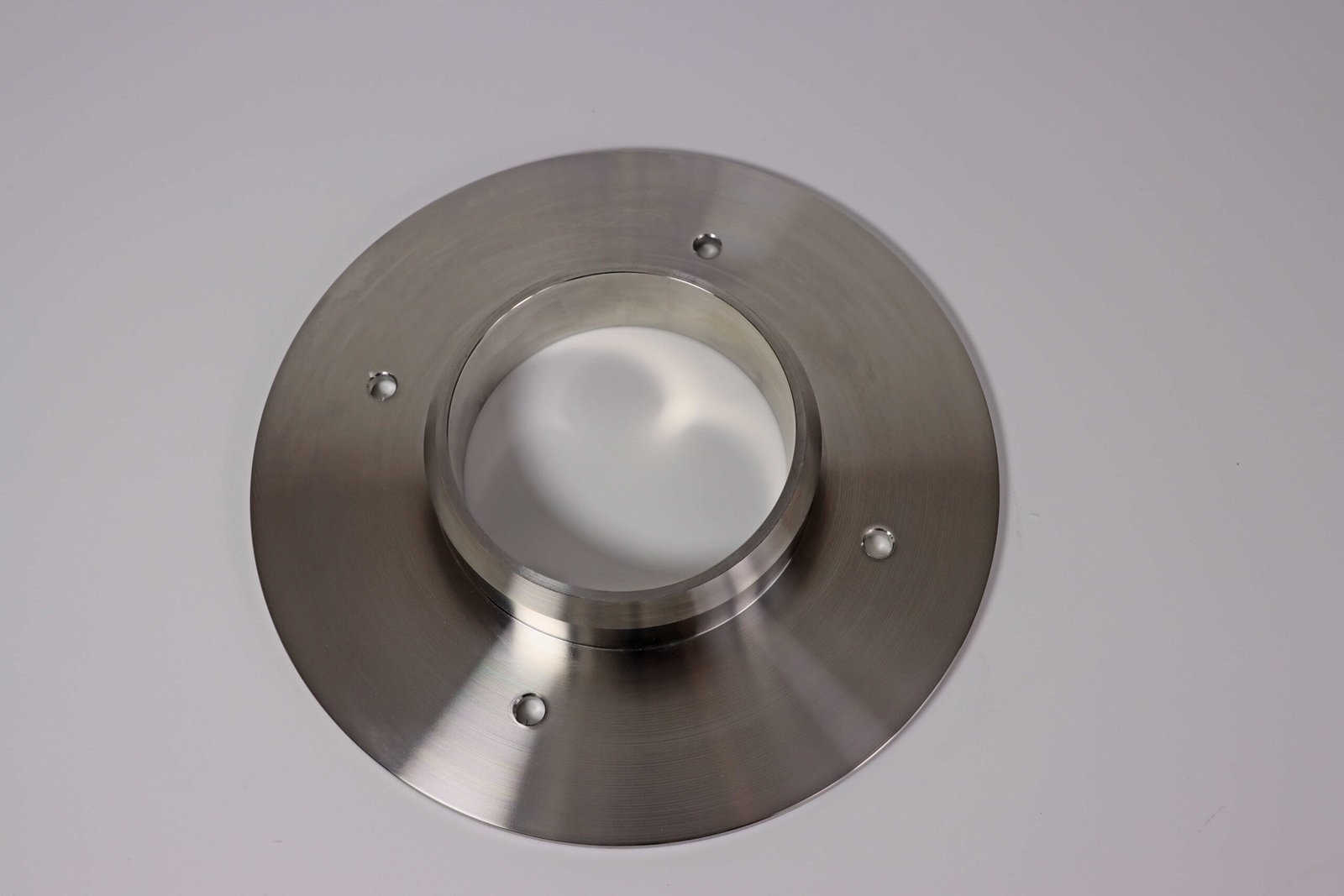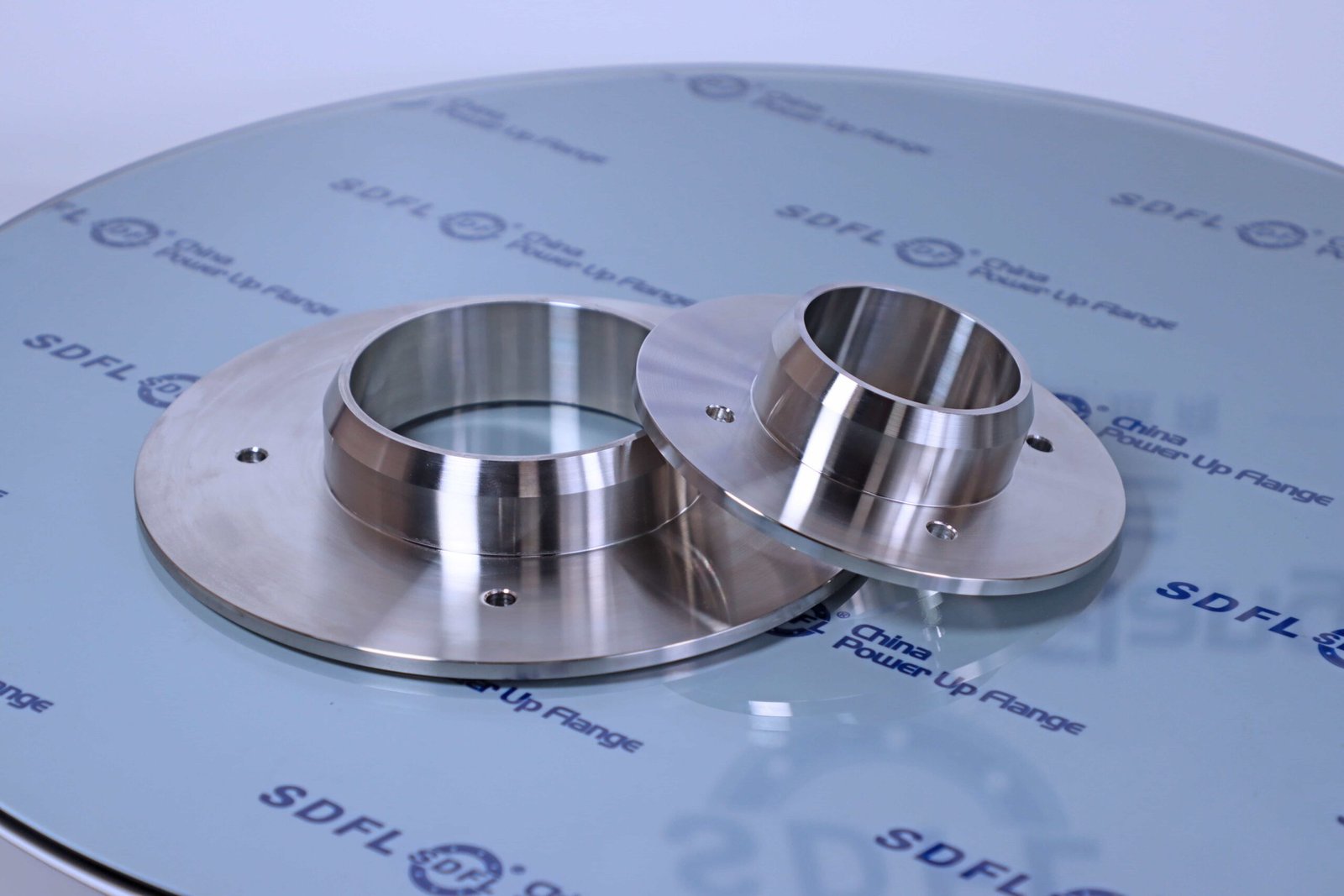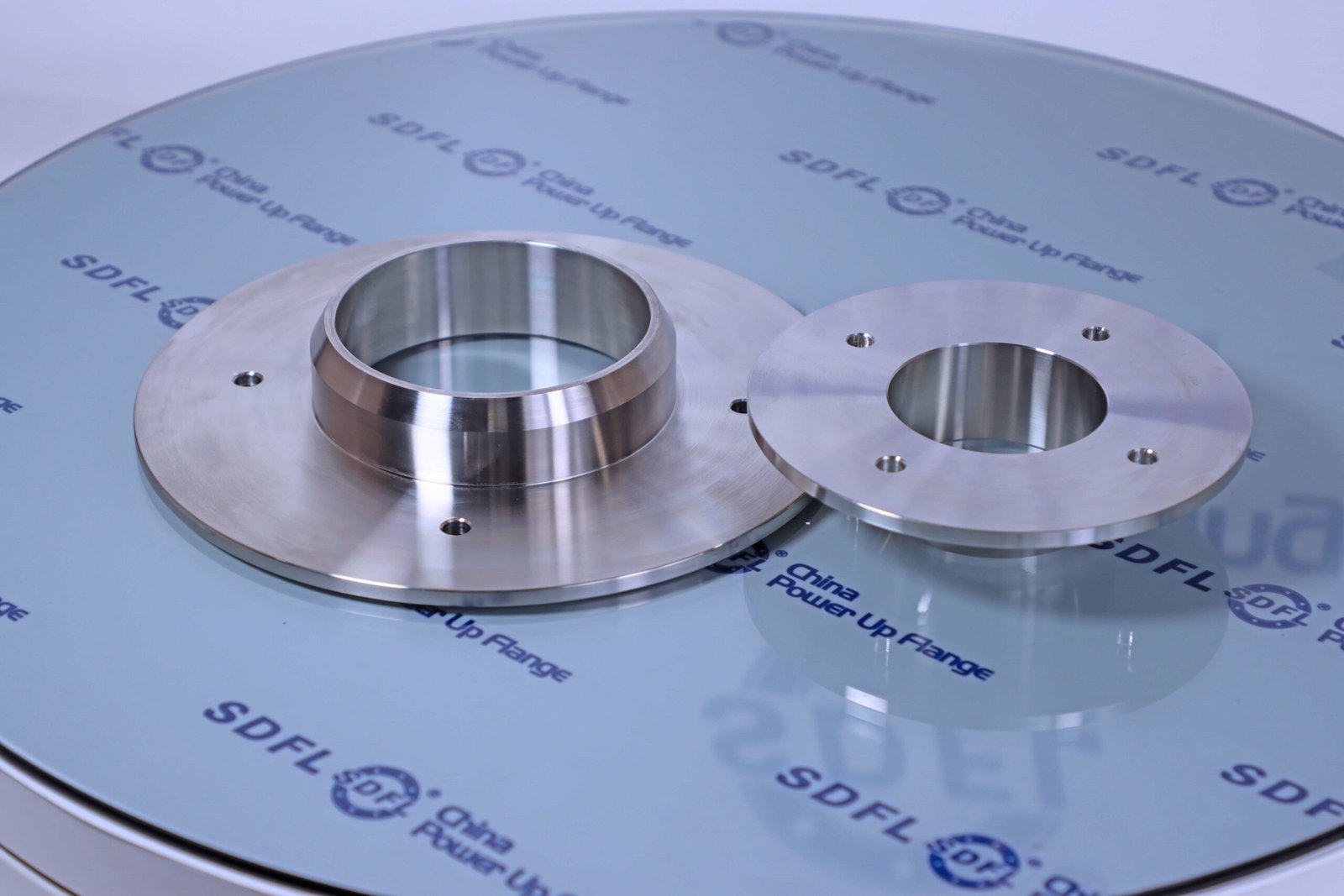International Standards:
- ASME B16.9(U.S. Standard):Class 150, 300, 600, 900
- EN 1092-1(European Standard): PN6 to PN40.
- JIS B2220(Japanese Industrial Standard):5K to 20K
- GOST 12822-80(Russian/CIS Standard): 0.1 MPa to 1.0MPa
- SABS 1123(South African Standard): PN6 to PN25.
- DIN 2641 : PN6 to PN40.
- BS 4504(British Standard): PN6 to PN40.
Pros:
- Easy Maintenance: Backing flanges can be reused; only the stub end requires replacement if corroded.
- Cost Savings: Use expensive materials (e.g., stainless steel) only for the stub end; backing flanges can be carbon steel.
- Alignment Flexibility: Rotates freely to adjust bolt holes during installation.
- Corrosion Resistance: Ideal for corrosive media (e.g., acids) when using alloy or lined stub ends.
- Thermal Expansion Tolerance: Accommodates pipe movement without stressing the flange joint.
Cons:
- Lower Pressure Tolerance: Limited to PN40/Class 600; unsuitable for high-pressure systems.
- Complex Assembly: Requires two components (stub end + backing flange), increasing part count.
- Sealing Challenges: Prone to leaks under thermal cycling or vibration.
- Higher Initial Cost: Stub ends and precision machining add to expenses.
- Space Requirements: Thicker profile compared to weld neck or slip-on flanges.
Description
A Lapped Flange (or Flanged End with Stub End) consists of two parts: a stub end (a short pipe segment welded to the pipe) and a loose backing flange. The stub end has a flared (lapped) edge that mates with the backing flange, which is then bolted to another flange. This design allows easy alignment and disassembly, ideal for systems requiring frequent maintenance or corrosion-resistant materials.






CC –
nice